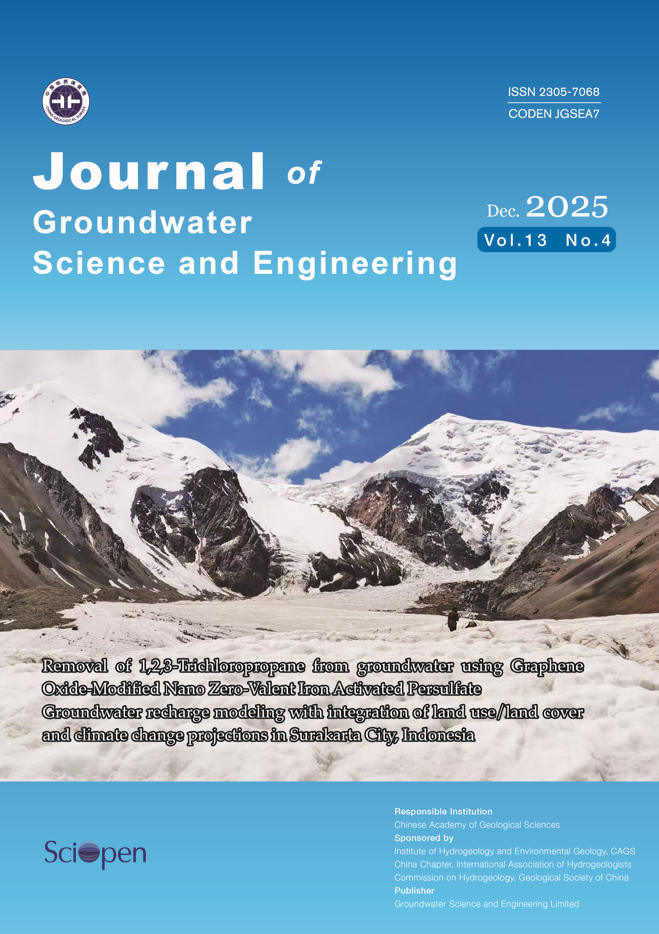2017 Vol. 5, No. 3
Display Method:
2017, 5(3): 213-221.
Abstract:
2017, 5(3): 222-234.
Abstract:
2017, 5(3): 235-248.
Abstract:
2017, 5(3): 249-253.
Abstract:
2017, 5(3): 254-265.
Abstract:
2017, 5(3): 266-277.
Abstract:
2017, 5(3): 278-285.
Abstract:
2017, 5(3): 286-295.
Abstract:
2017, 5(3): 296-302.
Abstract:
2017, 5(3): 303-310.
Abstract:
 E-mail alert
E-mail alert Rss
Rss

 Online Submission
Online Submission Peer Review
Peer Review Office Work
Office Work Editor-in-chief
Editor-in-chief News
News Download
Download Links
Links





